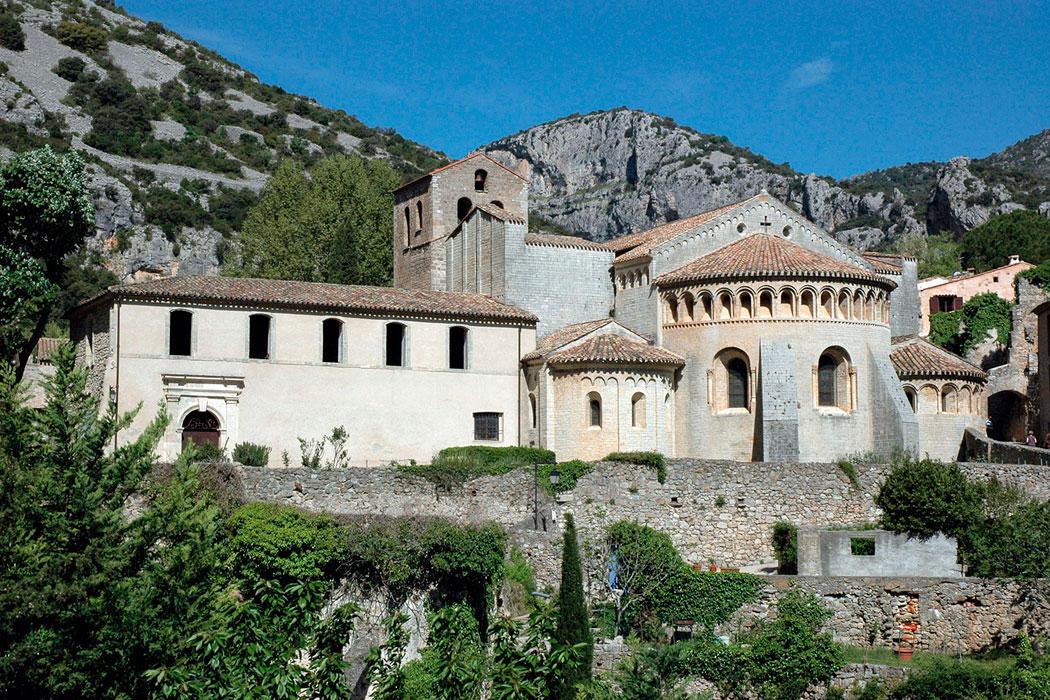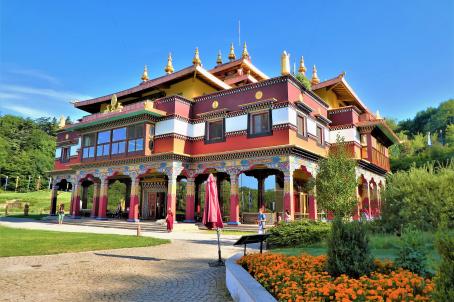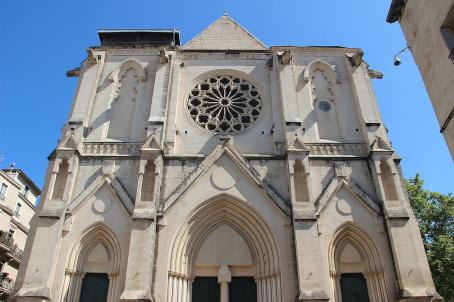Saint-Guilhem-le-Désert Abbey

The origin of the abbey of Saint-Guilhem-le-Désert is linked to two characters: Benedict of Aniane (c750-821) and William I of Toulouse (768-812).
About this building
The vitality of the monastery increased in the 12th century, as did its wealth and prestige. In 1569 the place was sacked by the Huguenots, and much of the furnishings were lost. the community was forced to sell the silver objects and reliquaries. in 1644 an attempt was made to revitalise the religious centre with the arrival of new monks. The abbey was formally suppressed in 1783.
For more information about this building visit https://www.monestirs.cat/monst/annex/fran/lleng/cguil00.htm




